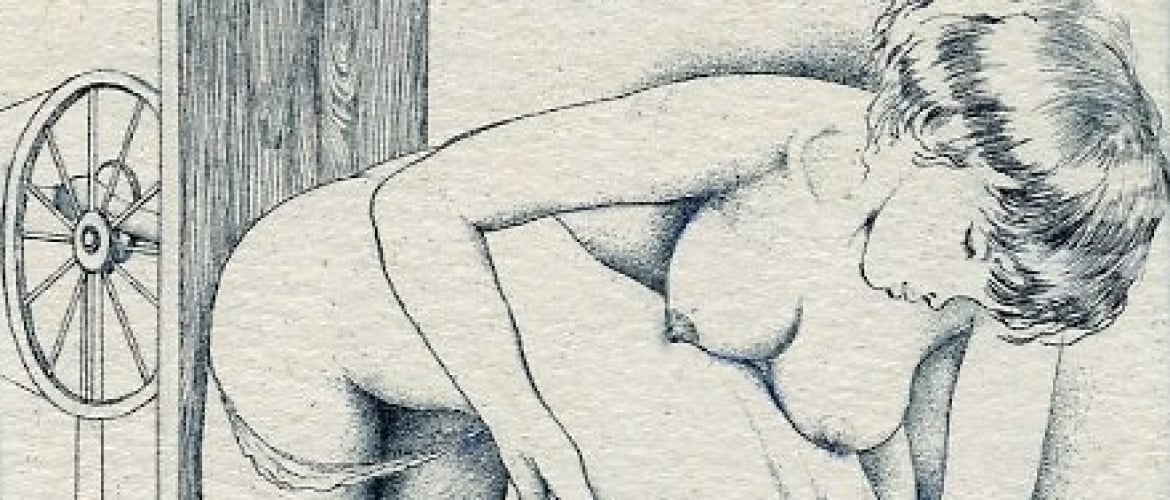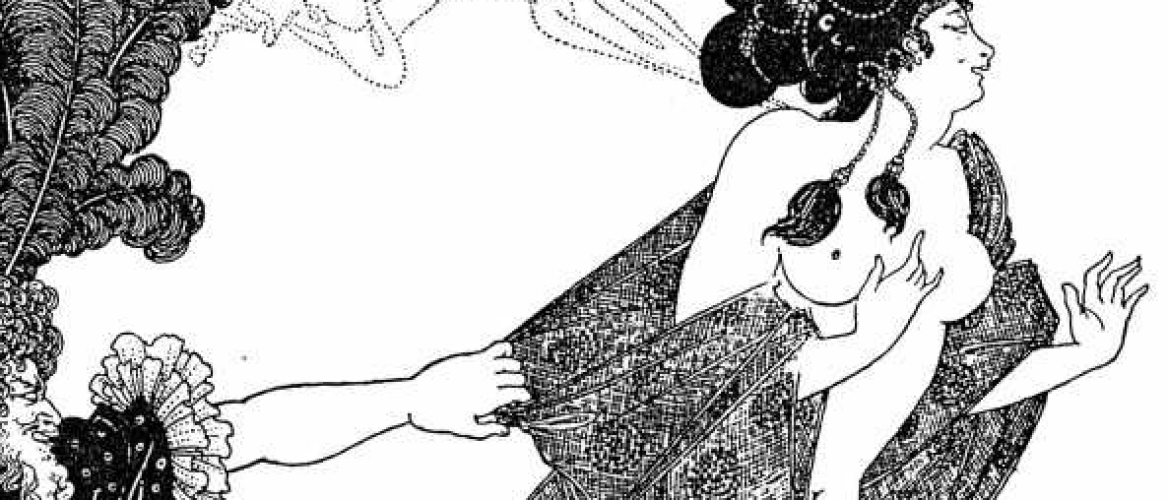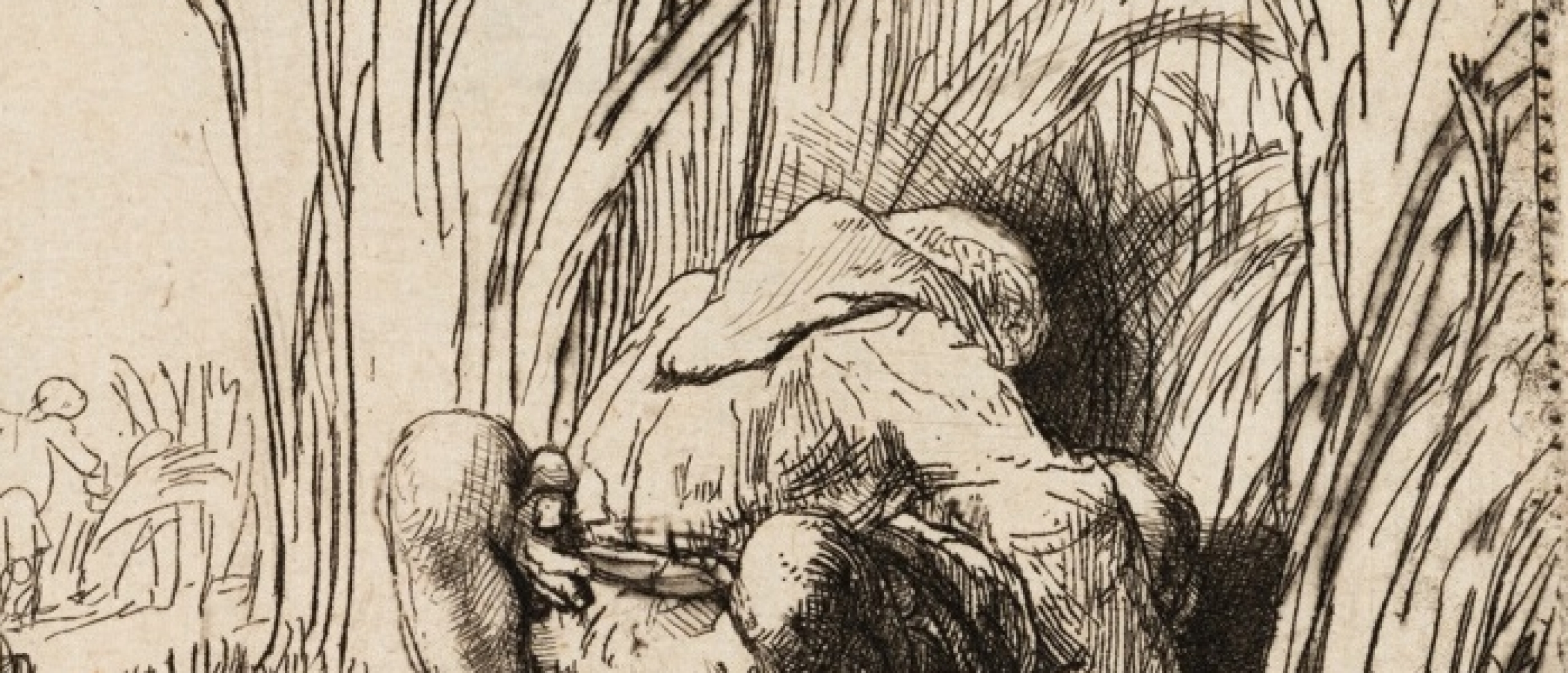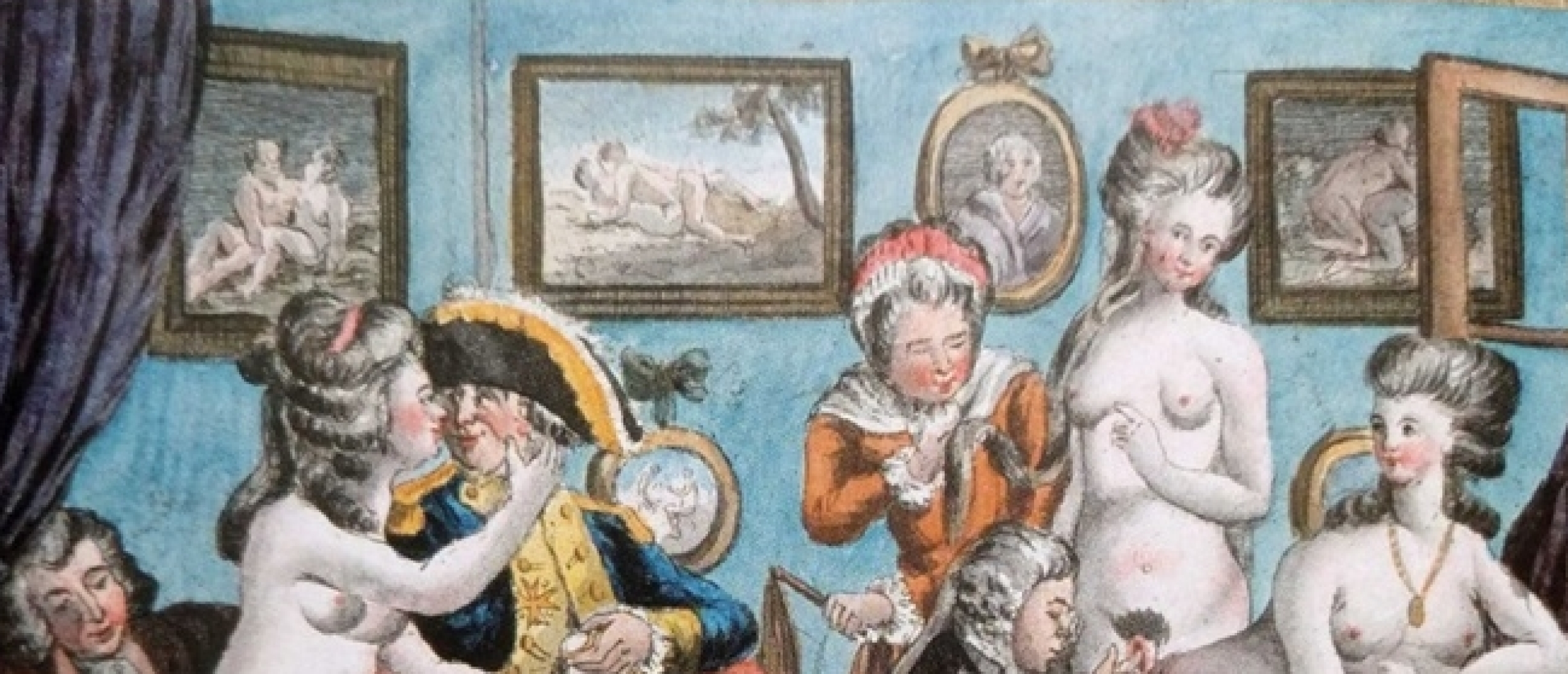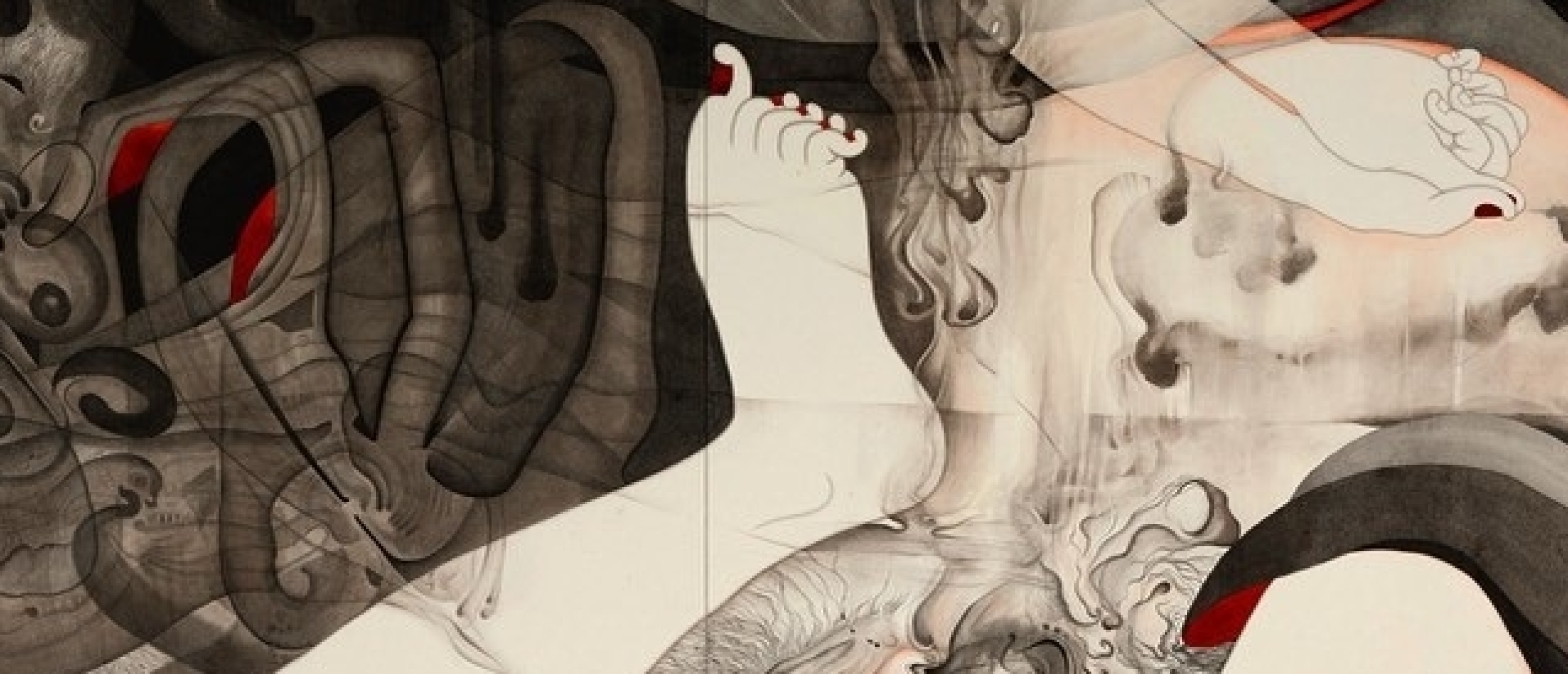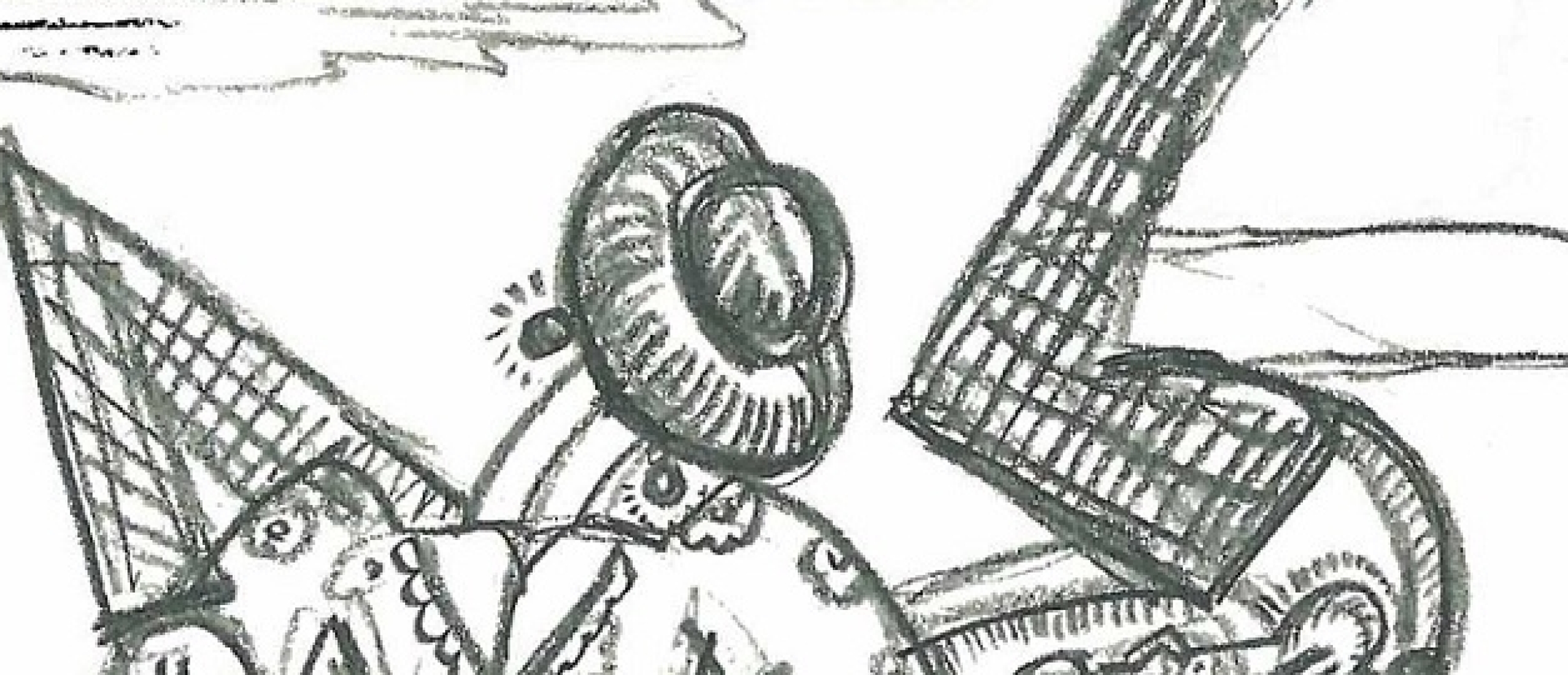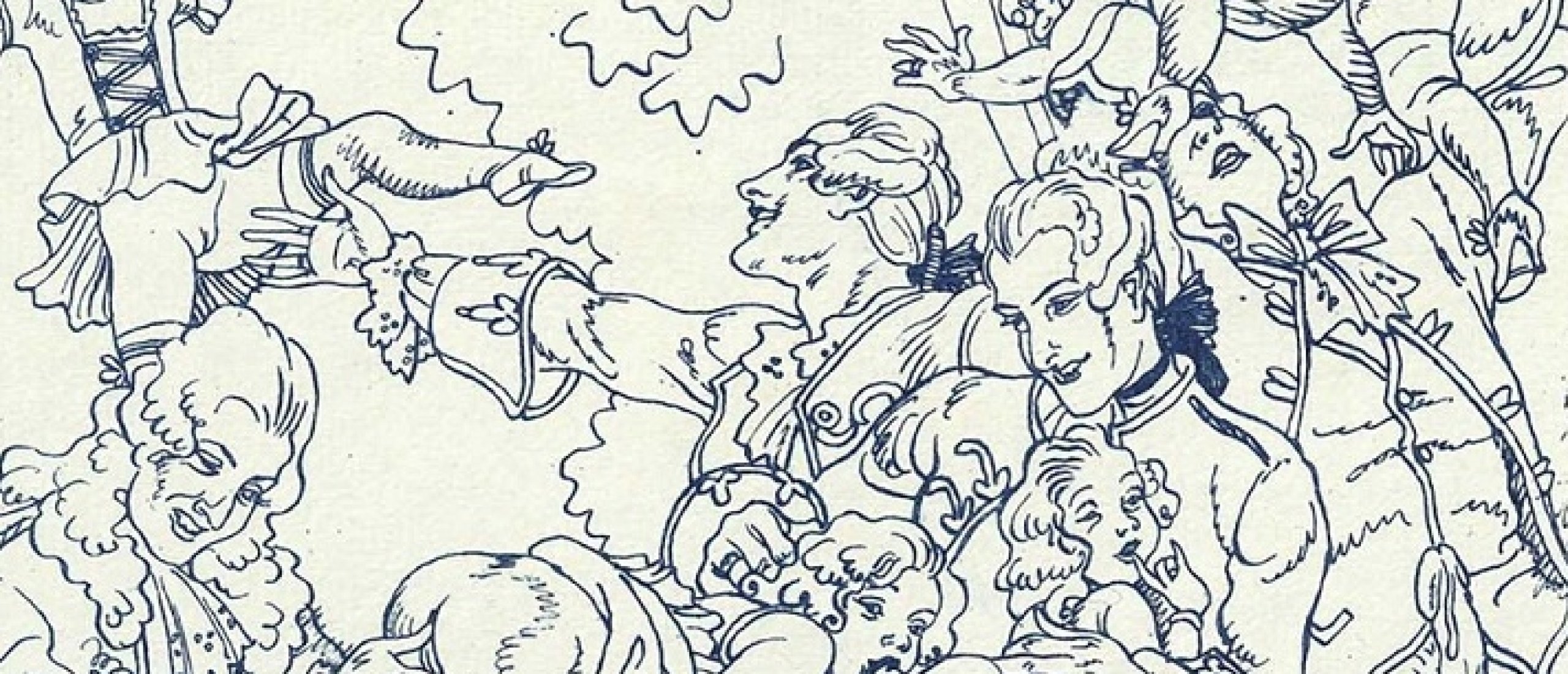
What caught my attention in the art of this self-taught German draftsman was an elegant depiction of silhouettes of an Asian woman and a couple of servants. Exotic Princess, showing the East as seen by a Western admirer of Aubrey Beardsley, may remind you of Eisen's lavish courtesans accompanied by their young apprentices. The artist's contemporary Norbert Falk called Christophe "the most eminent scholar of Japanese woodblock printing besides Th. Th. Heine." We're pretty sure that other works of this artist will be as entertaining for you as they were for us when I composed the current article.
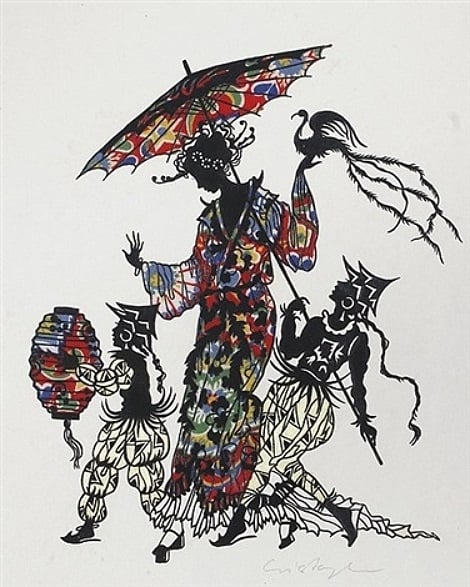
Fig. 1. Exotische Prinzessin (Wikipedia.org)
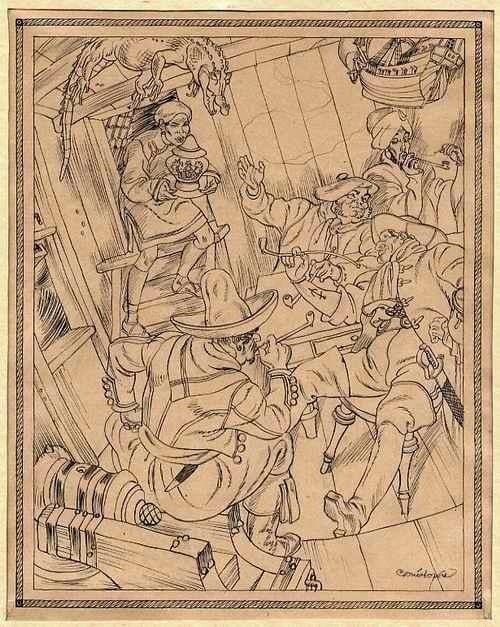
Fig. 2. Pirates (eart.de)
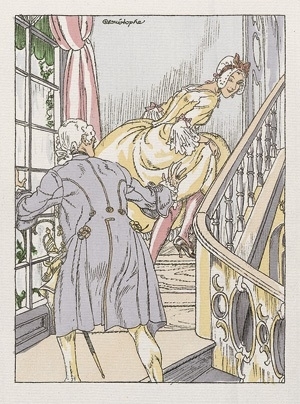
Fig. 3. bassenge.com
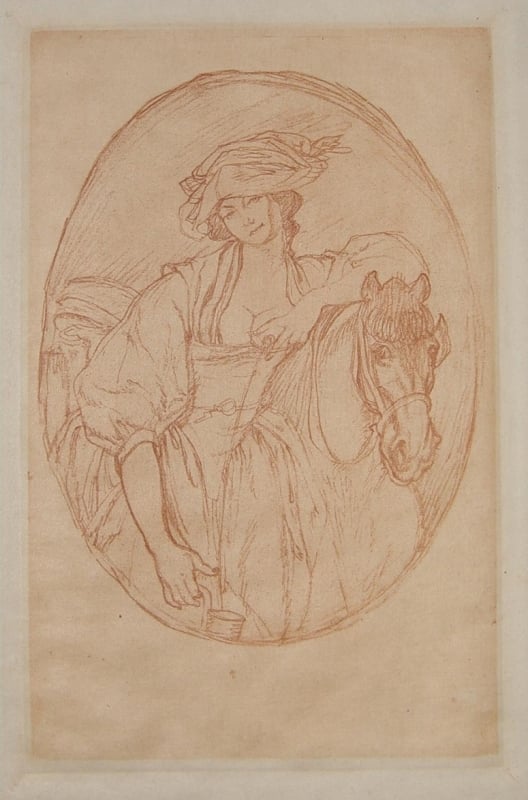
Fig. 4. vintage-erotica-forum.com
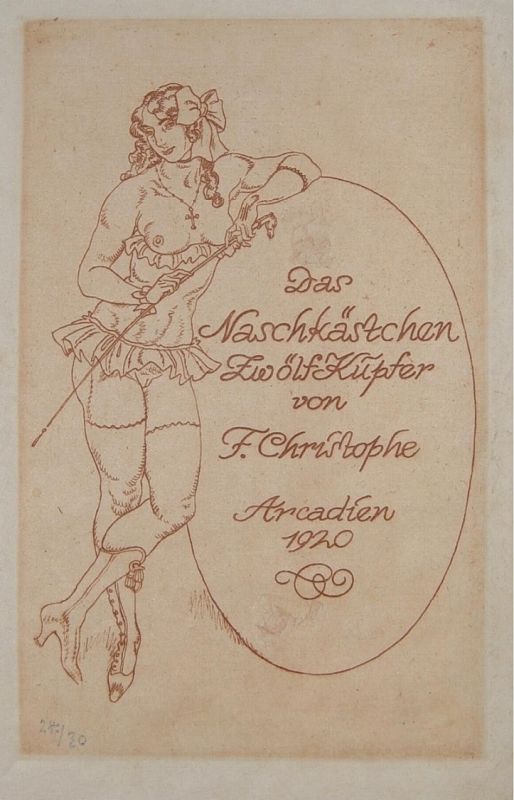
Fig. 5. Das Naschkästchen, 1920 (vintage-erotica-forum.com)
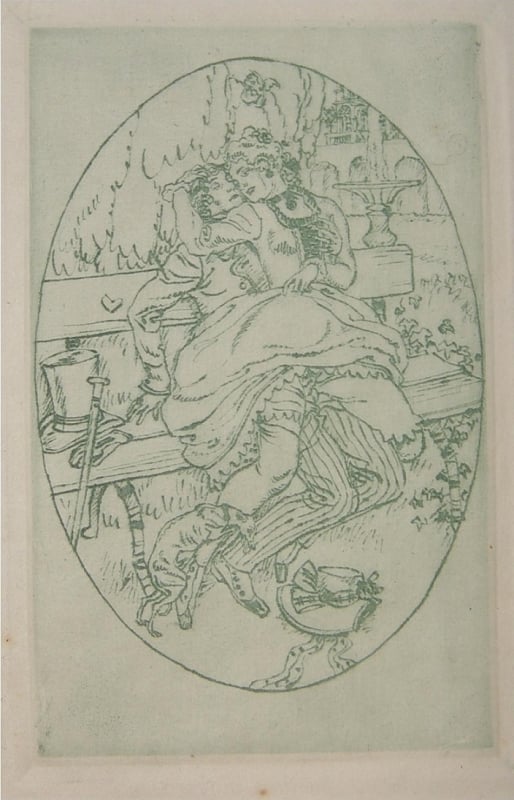
Fig. 6. vintage-erotica-forum.com
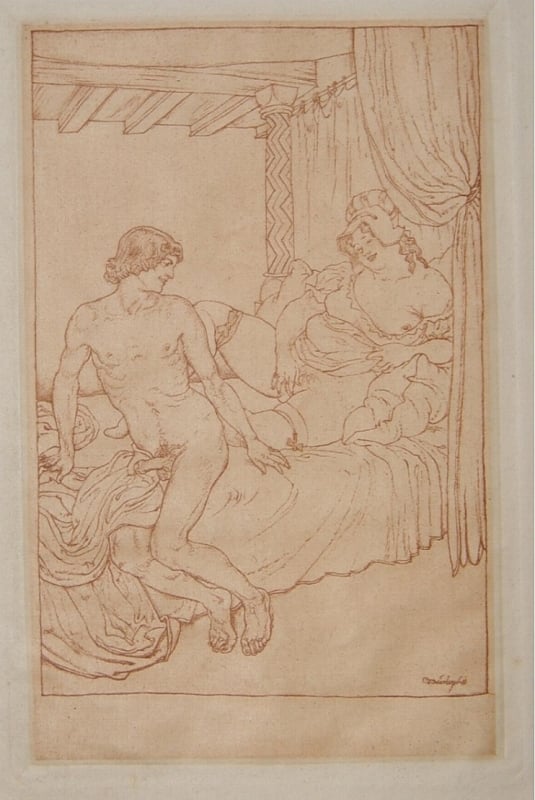
Fig. 7. Joseph and the wife of Potiphar (vintage-erotica-forum.com)

Fig. 8. Colored version of fig. 7 (honesterotica.com)
On Par With Masters
Franz Christophe (1875-1946) was born in a family of French emigré who lived in Berlin and relocated to Munich when the artist was a kid. Unfortunately, we know nothing about his childhood influences. Although, the fact that after graduation from school, he started working as a self-taught illustrator implies he was a natural-born artist. From 1907, Christophe produced illustrations for many magazines and newspapers like Die Jugend, Simplicissimus, Das Narrenschiff, Der Amethyst, Lustigen Blätter, and Der Welt Spiegel. Die Jugend may be familiar to the devotees of Art Nouveau as the periodical presented the German "branch" of the movement. Another famous title, Simplicissimus, was a popular satirical magazine to which skillful artists like Georg Grosz contributed.
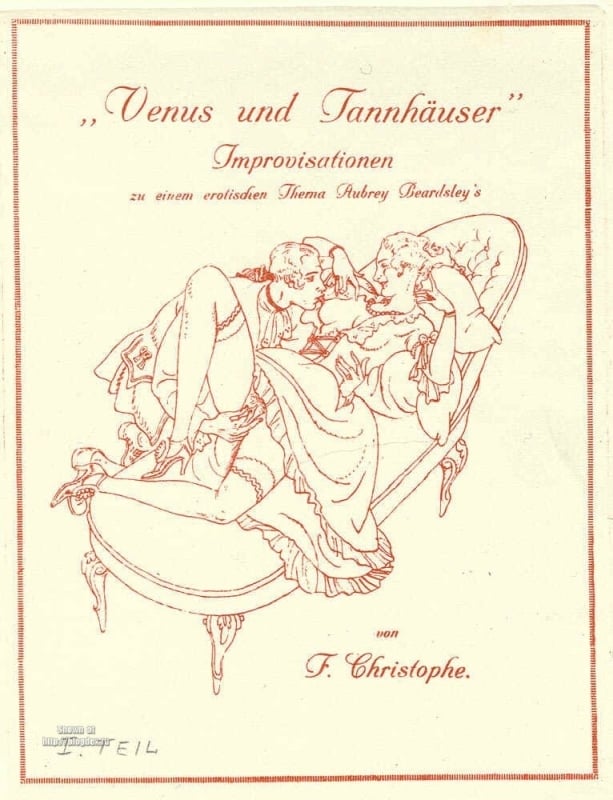
Fig. 9. Venus and Tannhäuser (vintage-erotica-forum.com)
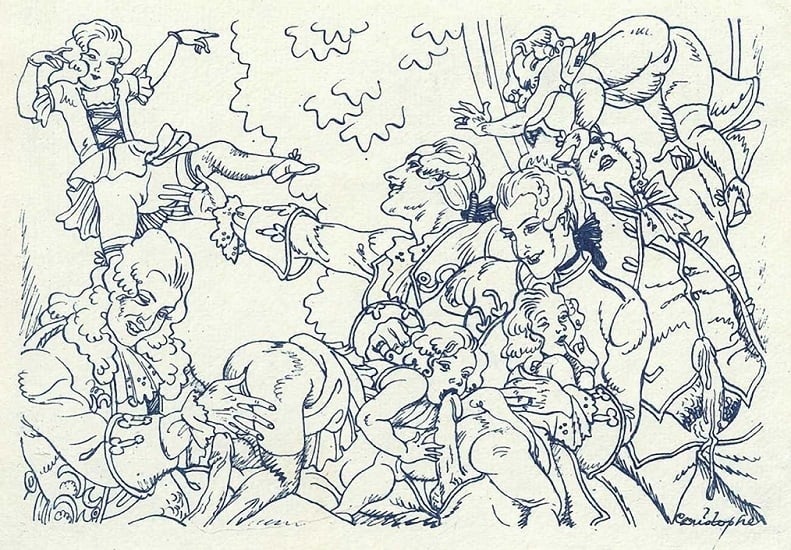
Fig. 10. Venus and Tannhäuser (vintage-erotica-forum.com)
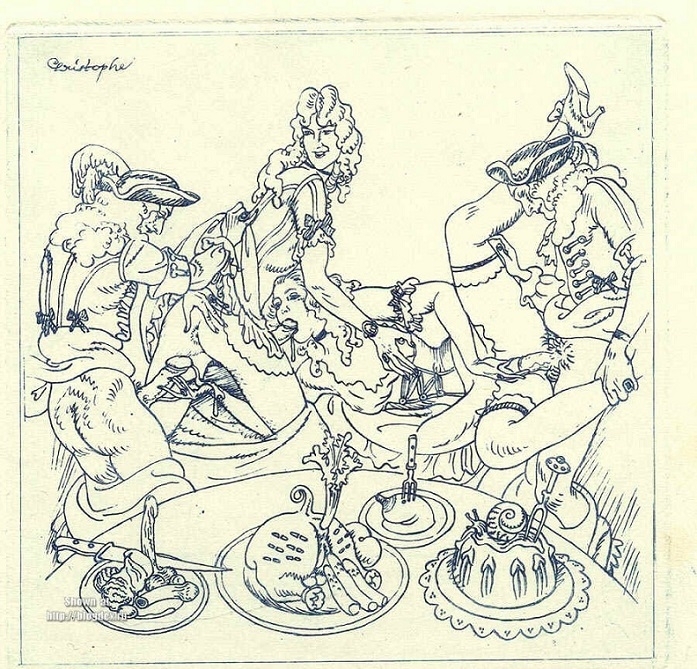
Fig. 11. Venus and Tannhäuser (vintage-erotica-forum.com)
Depicting the Mons Veneris
Apart from working as a journal illustrator, Christophe also produced illustrations for the books of his German and Danish contemporaries like Franz Blei, Friedrich Wencker-Wildberg, and Herman Bang. His prints portfolios include the creative reinvention of the legend about Tannhäuser, a medieval knight and poet who discovers the residence of Venus (Venusberg, or "the Mountain of Venus") and spends years in pagan pleasures. Christophe transferred the story to the 18th-century setting, which gives the Sadean vibe to the ancient legend, although the works of Marquise were scarcely known at that time.
In the exclusive Premium edition of the article we'll explore the Japanese influences in Christophe's work, mythological zoophilia, and you can also find many more examples of his elegant erotica.
Click HERE for the modernist sensuality of the British artist Aubrey Beardsley
Sources: Wikipedia.org; Norbert Falk. Franz Christophe – Berlin. Deutsche Kunst und Dekoration (deutsche-digitale-bibliothek.de)

